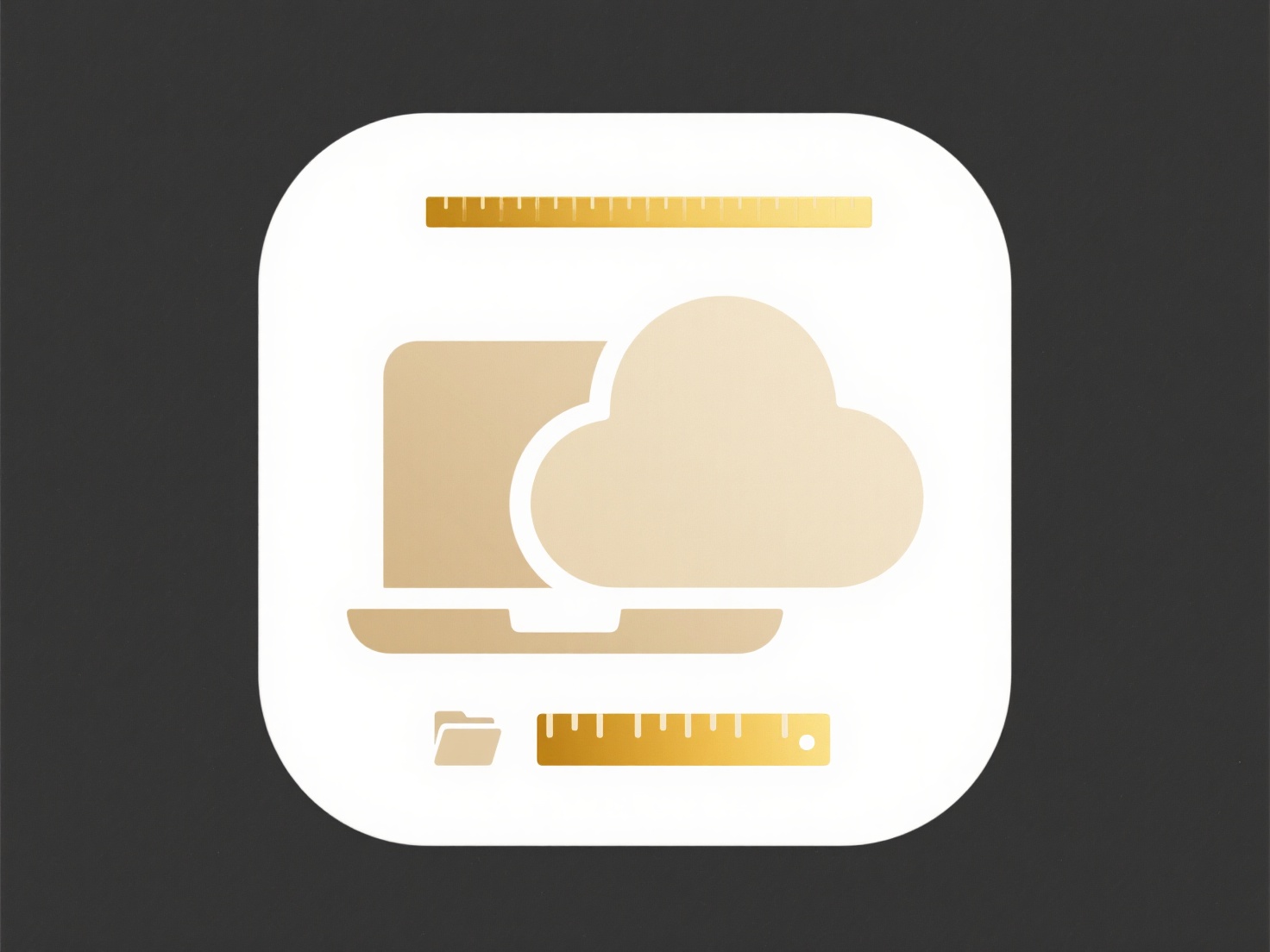
The ability to review all shared files across your account generally refers to accessing a centralized view of files and folders that have been explicitly shared with you by others within the same organization, team, or platform. This differs from simply seeing your personal files; it specifically aggregates files shared externally or internally where you have viewer or editor permissions. The mechanism relies on the platform maintaining sharing permissions and providing a dedicated interface, such as a "Shared with me" section or shared files report, rather than mixing them haphazardly with your private documents.

In practice, this feature is crucial in collaborative business environments using platforms like Google Workspace, Microsoft 365, or cloud storage services (e.g., Dropbox, Box). For example, a project manager can centrally see all documentation shared by team members without searching individual folders. Similarly, a family using shared cloud storage could easily find photos shared by relatives in one dedicated view, saving significant time.
A major advantage is enhanced visibility and security oversight, allowing users to manage access and avoid overlooking shared content. However, limitations exist: not all platforms offer comprehensive reporting, granularity varies significantly, and shared links without direct recipient assignment might be excluded unless platform settings specifically capture them. Privacy and data governance implications are important, necessitating clear permission structures to ensure users only see shared files intended for them. Future development often focuses on smarter filtering and permission audits.
Can I review all shared files across my account?
The ability to review all shared files across your account generally refers to accessing a centralized view of files and folders that have been explicitly shared with you by others within the same organization, team, or platform. This differs from simply seeing your personal files; it specifically aggregates files shared externally or internally where you have viewer or editor permissions. The mechanism relies on the platform maintaining sharing permissions and providing a dedicated interface, such as a "Shared with me" section or shared files report, rather than mixing them haphazardly with your private documents.

In practice, this feature is crucial in collaborative business environments using platforms like Google Workspace, Microsoft 365, or cloud storage services (e.g., Dropbox, Box). For example, a project manager can centrally see all documentation shared by team members without searching individual folders. Similarly, a family using shared cloud storage could easily find photos shared by relatives in one dedicated view, saving significant time.
A major advantage is enhanced visibility and security oversight, allowing users to manage access and avoid overlooking shared content. However, limitations exist: not all platforms offer comprehensive reporting, granularity varies significantly, and shared links without direct recipient assignment might be excluded unless platform settings specifically capture them. Privacy and data governance implications are important, necessitating clear permission structures to ensure users only see shared files intended for them. Future development often focuses on smarter filtering and permission audits.
Quick Article Links
Why can’t I rename this file?
File renaming fails when the operating system restricts changes. This typically occurs if you lack necessary permissions...
How should I name files to avoid confusion over time?
How should I name files to avoid confusion over time? Adopt clear, descriptive filenames incorporating critical contex...
How do I handle files copied from external devices?
Files copied from external devices, such as USB drives or portable hard disks, refer to digital data transferred onto yo...